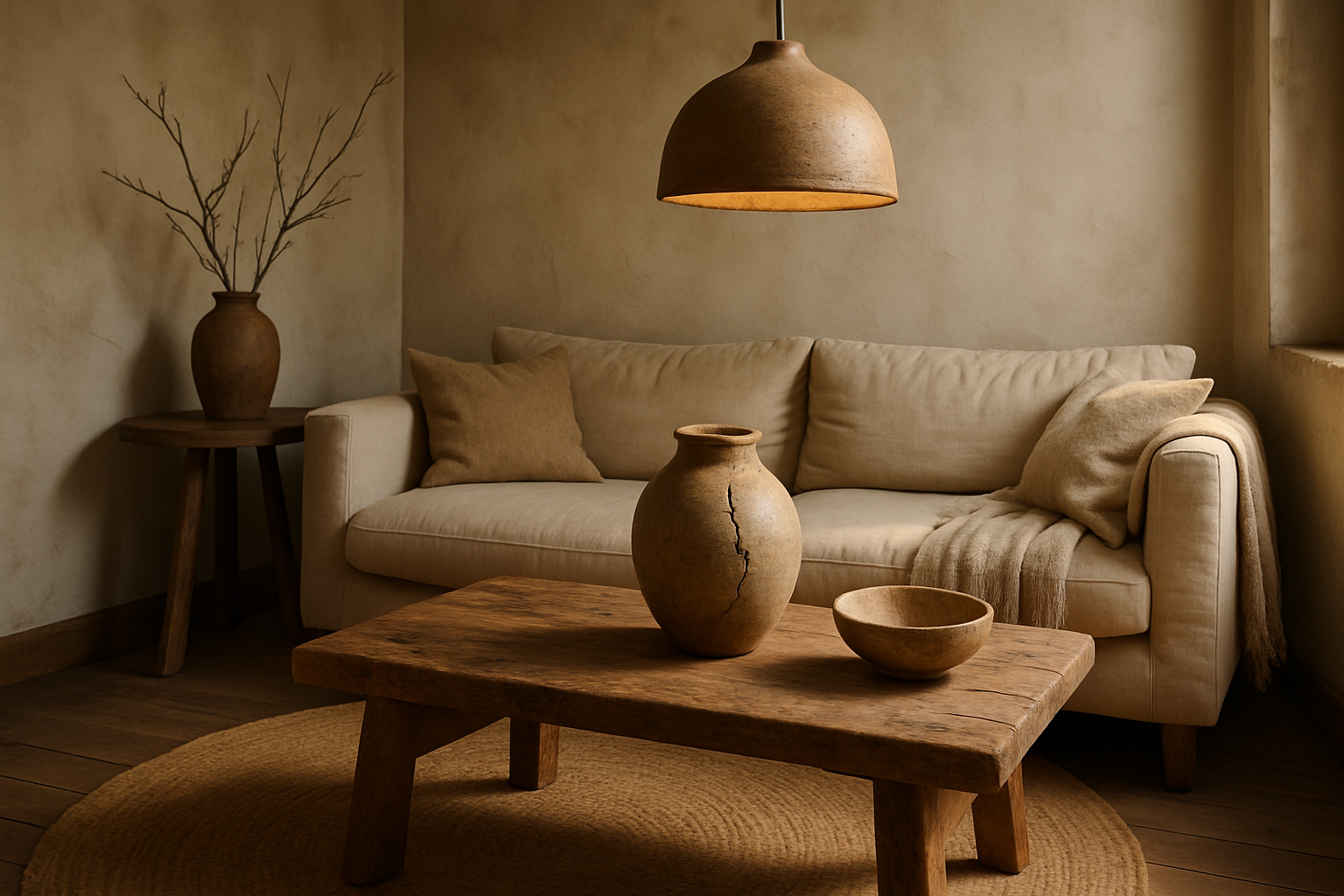Biohacking Your Chronotype: Optimizing Health Through Circadian Rhythms
Can you imagine a world where your daily schedule perfectly aligns with your body's natural rhythms, leading to peak performance, improved health, and enhanced well-being? Welcome to the fascinating realm of chronotype optimization, a cutting-edge approach to biohacking that's revolutionizing how we think about personal health and productivity.

The Science Behind Chronotypes
Chronotypes are the behavioral manifestations of our circadian rhythms, influencing when we naturally feel most alert, productive, or sleepy throughout the day. These patterns are largely determined by genetics and can be classified into four main categories: bears, lions, wolves, and dolphins. Each chronotype has its own unique set of characteristics and optimal times for various activities.
Research in chronobiology, the study of biological rhythms, has shown that our bodies function on a roughly 24-hour cycle, regulated by the suprachiasmatic nucleus in the brain. This master clock responds to external cues, particularly light, to synchronize our internal processes with the environment. Understanding your chronotype allows you to align your daily schedule with these natural rhythms, potentially improving everything from cognitive function to metabolic health.
Identifying Your Chronotype
Determining your chronotype is the first step in optimizing your circadian rhythms. While there are several online questionnaires available, the most accurate method involves tracking your sleep-wake patterns and energy levels over several weeks, preferably during a period when you’re free from external time constraints.
Pay attention to when you naturally wake up, when you feel most alert, and when you start to wind down in the evening. These patterns can provide valuable insights into your chronotype. It’s important to note that chronotypes can shift slightly with age and are influenced by factors such as light exposure and social schedules.
Tailoring Your Day to Your Chronotype
Once you’ve identified your chronotype, the next step is to adjust your daily routine accordingly. This doesn’t mean completely overhauling your life, but rather making strategic adjustments to optimize your natural energy patterns.
For example, if you’re a wolf chronotype (naturally more alert in the evening), you might schedule creative or complex tasks for later in the day when your cognitive function peaks. Conversely, lion chronotypes, who tend to be early risers, might tackle their most challenging work first thing in the morning.
It’s not just about work productivity, though. Chronotype optimization extends to meal timing, exercise schedules, and even social interactions. Research has shown that aligning these activities with our natural rhythms can have profound effects on our overall health and well-being.
The Impact on Health and Well-being
The benefits of chronotype optimization extend far beyond improved productivity. Studies have shown that aligning our activities with our natural circadian rhythms can have significant impacts on various aspects of health:
- Metabolic health: Eating in sync with your chronotype may improve insulin sensitivity and help regulate weight.
- Cardiovascular function: Your heart rate and blood pressure naturally fluctuate throughout the day. Timing activities to match these patterns can support cardiovascular health.
- Mental health: Chronotype misalignment has been linked to increased risk of depression and anxiety. Optimizing your schedule may help improve mood and emotional well-being.
- Cognitive performance: Working with your natural alertness cycles can enhance memory, focus, and problem-solving abilities.
Challenges and Considerations
While the concept of chronotype optimization is promising, it’s important to acknowledge the challenges of implementation in our modern, 24/7 society. Work schedules, family obligations, and social norms often conflict with our natural rhythms. However, even small adjustments can make a significant difference.
It’s also crucial to remember that chronotypes are not fixed. They can be influenced by environmental factors, particularly light exposure. Strategic use of light therapy or blue light blocking can help shift your circadian rhythms if necessary.
Chronotype Optimization Tips
- Track your energy levels throughout the day to identify your peak performance times
- Adjust your meal times to align with your chronotype for optimal digestion and metabolism
- Schedule important meetings or tasks during your natural high-alertness periods
- Create a consistent sleep schedule that aligns with your chronotype
- Use light exposure strategically to reinforce your natural rhythms
- Consider your chronotype when planning exercise routines for maximum benefit
As we continue to unravel the complexities of our internal clocks, chronotype optimization stands out as a powerful tool for enhancing our health and well-being. By aligning our daily lives with our natural biological rhythms, we open the door to improved physical health, mental clarity, and overall life satisfaction. While it may require some initial effort and adjustment, the potential benefits of living in harmony with our chronotypes are truly transformative. Embrace your unique biological rhythm and unlock a new level of vitality and performance in your daily life.




